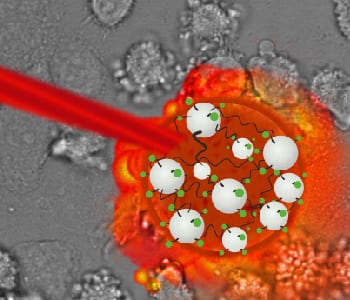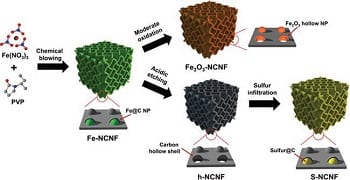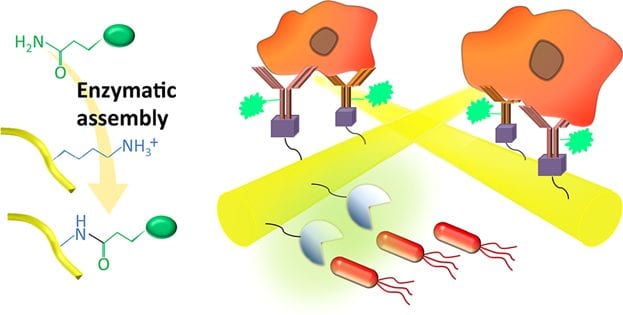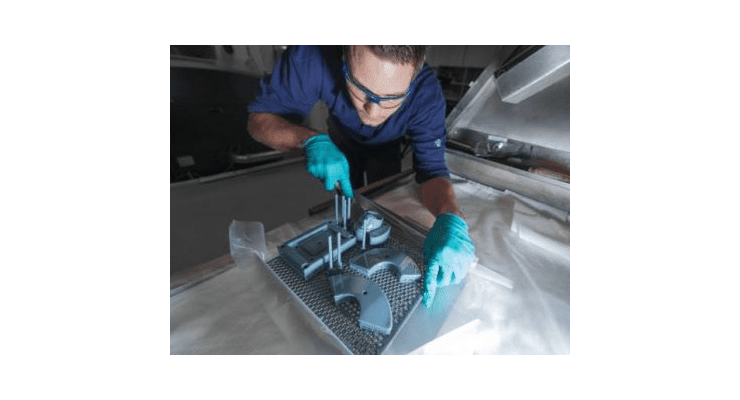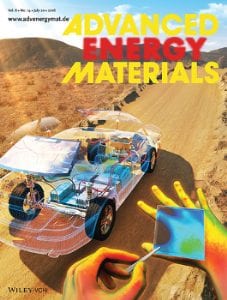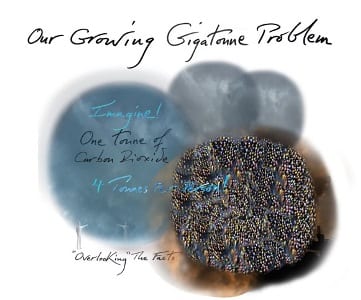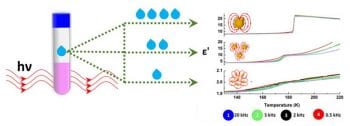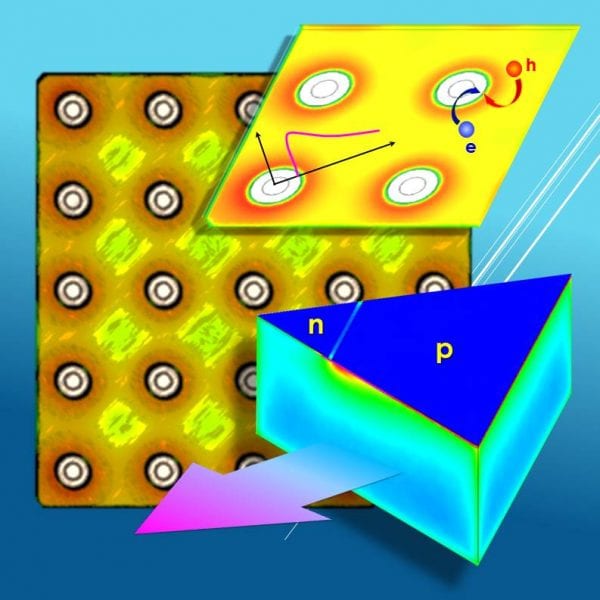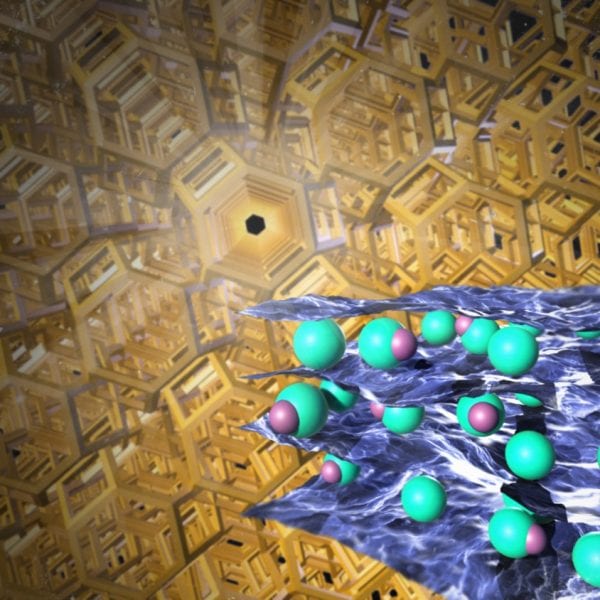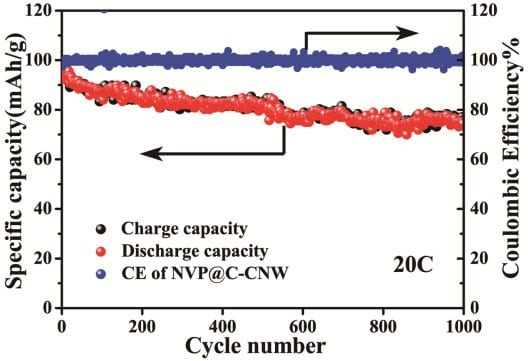Marcelo Calderón and co-workers report on the design of a responsive nanogel system for a combined photothermal and photodynamic therapy of cancer. Based on a radical precipitation method, the near infrared absorbing cyanine green dye IR806 was conjugated to the macro crosslinker polyglycerol and polymerized into a thermoresponsive polyether based nanogel network.
